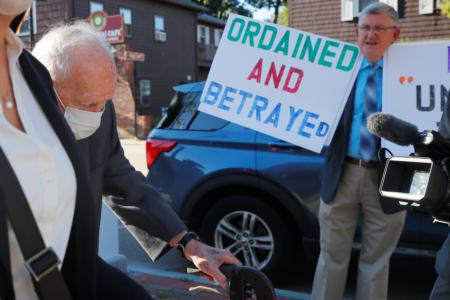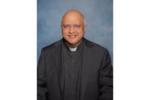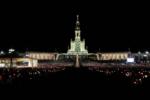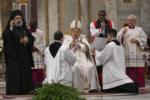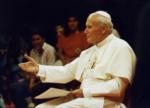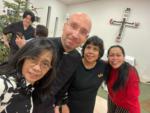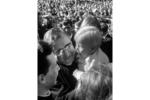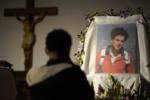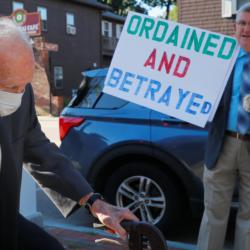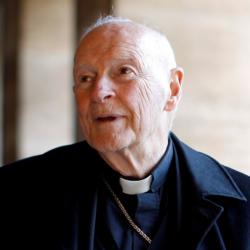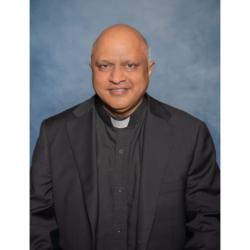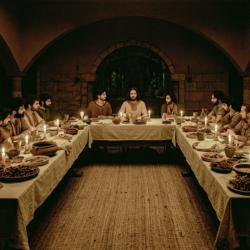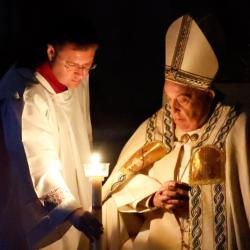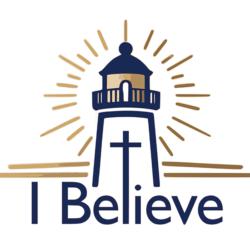Emmanuel students aid in ethnic diversity project
BOSTON — Over the last several weeks 19 Emmanuel College sociology students paid visits to the several churches that are the spiritual homes of the many ethnic communities that are part of the Boston Archdiocese.
The effort which is being undertaken as part of the archdiocese’s 2008 bicentennial celebration, will provide the basis for a traveling exhibit that will feature videos, pictures and quotes from the 25 ethnic apostolates.
“My hope for this project is that it will be an opportunity for the ethnic groups to tell their own story,” said Sister Mary St. Katherine Corripio, SND, associate director of the Office for Ethnic Apostolates.
The students’ work has generated energy and made the project a community effort, according to Sister Mary Corripio.
The project has also given the students the opportunity to view the Catholic Church in a different way, she said.
“They all experienced a side of the Church they wouldn’t normally see,” she added.
Students visited the three largest and growing ethnic communities — Hispanic, Brazilian and Haitian. The Hispanic community has its own apostolate, separate from the rest, but is involved with this project.
The students also experienced the cultural celebrations of the Polish, Irish, Italian and Kenyan ethnic communities in Boston. They met people from different social classes and area regions.
“The students experienced the diversity of the Archdiocese of Boston,” said Sister Mary Johnson, SND, the student’s sociology professor.
“They were inspired by the ministries they saw there, and they feel that the Church must better articulate the breadth of ethnic and class diversity,” she added. “They see that as a strength to be shared, not only with the rest of the Church but with the Boston area more broadly.”
Students in Sister Mary Johnson’s class studied the ethnic communities as their final project for the class. They were required to write a paper about their findings, and present those findings to the other students in a slideshow presentation. In that presentation, they outlined the communities’ strengths and challenges. They also made recommendations for the future of the communities.
Denise Johnson, who studied the Italian community in the North End, said that the community has gone through many changes because many of the Italians began moving to the suburbs in the 1960s.
“The church community was impacted greatly,” she said.
Johnson recommended that the community return to its tight-knit roots by consolidating four parishes into one.
“For the good of the neighborhood, for the good of the community and for the good of the Catholic community in the North End, bringing these four churches into one would benefit them in the end,” she said. “I think that would also bring the community more together.”
Dave Murawski, whose project focused on the Kenyan community in Boston, found a growing community that hopes to have its own ethnic parish in the future.
“This is extremely important to the Kenyan community,” he said.
The community began with eight members in 2002 and now has over 70. They already have their own choir, but members of the community currently worship in different locations.
Like many of the other students, Murawski, a senior majoring in sociology, experienced the vibrant celebrations of the ethnic community he studied. Their Masses are full of singing, dancing and lively music, he said.
“Everyone in the first four rows had maracas,” he said.
Murawski said the project showed him how multi-cultural Boston really is — a fact he always knew but never experienced. He added that he was also able to identify with the Kenyans.
“Everyone’s different, different cultures, but people still have the same ideas and same views,” he said.
<
